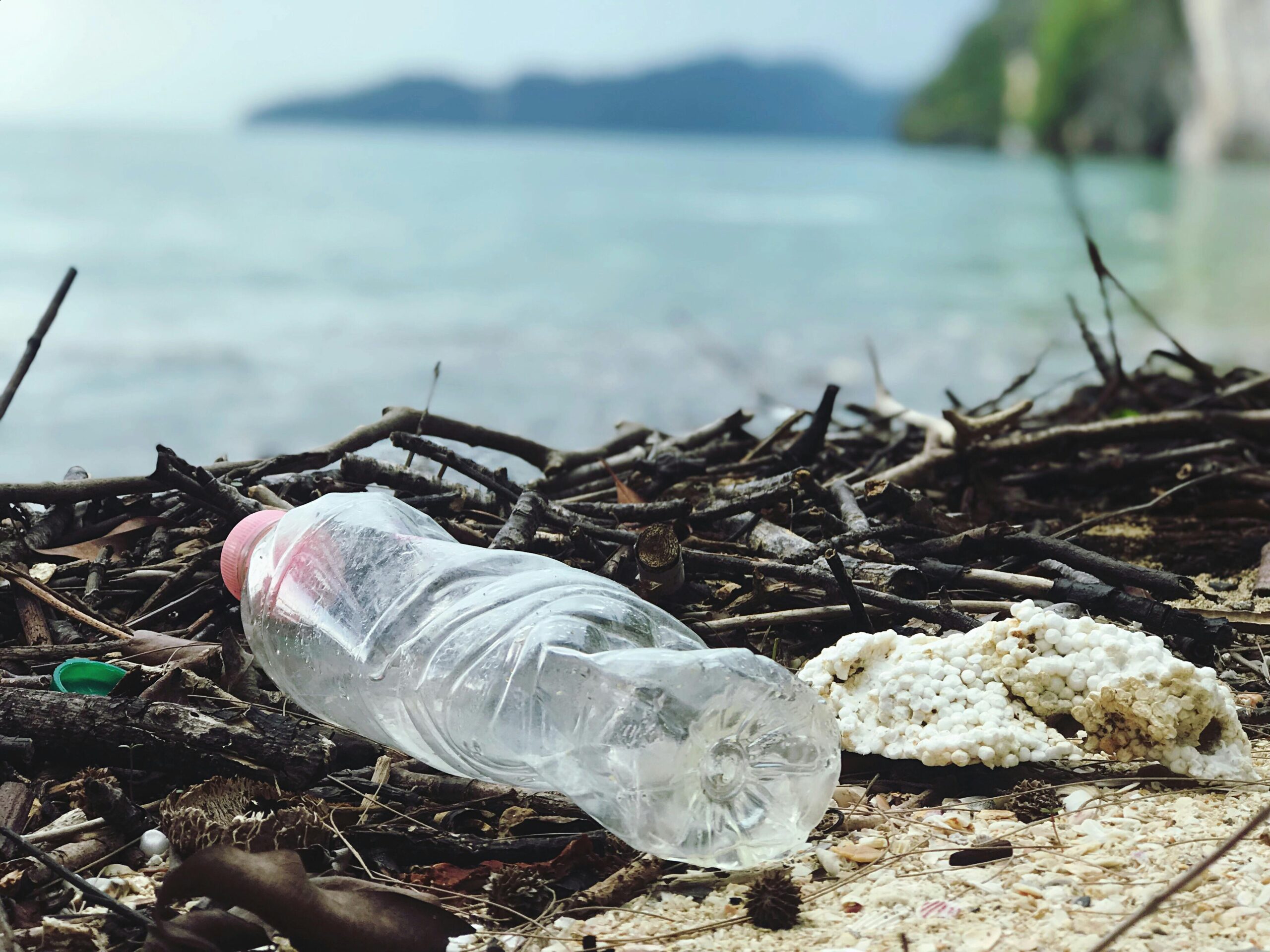
By
It’s been known for decades that plastic waste is a problem, and many people have been trying to do something about it: in the 1990s, it was snipping open the planting rings that held together a six-pack of soda or beer to keep them from harming wildlife, while in 2024 it’s cloth tote bags and metal straws and compostable dog bags and everything else.
But, decades of awareness have not been enough to stop the proliferation of throwaway plastic products and the mass amounts of waste they generate. In fact, plastic production has only increased, and is expected to continue to do so in the coming years. It’s a trajectory that not only creates more trash, but also uses more fossil fuels and puts more and more emissions in the air breathed by Black communities — like the folks who live in areas like Louisiana’s infamous Cancer Alley.
Thankfully, as the full spectrum of damage caused by plastic production becomes better understood by the general public, efforts to reduce both plastic use and waste take the full extent of damage into account — which is exactly what the Biden White House’s newly announced plan for plastic pollution does. It considers both the waste that ends up in the ocean and the public health effects of manufacturing as two sides of the same problem. As such, the administration is combining its regulatory power to curb emissions with its procurement power to address the broader issue.
“The federal government is — for the first time — formally acknowledging the severity of the plastic pollution crisis and the scale of the response that will be required to effectively confront it,” the White House said in a statement. In addition to continuing its efforts to cut the toxic emissions from plastic plants, the White House is adopting a goal to wean the federal government off of single-use plastics completely by 2035 — and cutting them from food service and related areas even earlier, by 2027.
While the idea of the White House switching over from plastic water bottles to refillable water bottle stations may feel symbolic at best, the scale of the federal government makes it uniquely influential in the world of consumer goods — it’s the single largest buyer in the world. As a result, “the federal government has the potential to significantly impact the supply of these products,” Brenda Mallory of the White House Council on Environmental Quality said in a statement.
While plastic production is already wildly high, and single-use plastics feel almost inescapable in daily life, the plastic problem is only going to get worse in the coming decades without significant changes. It’s estimated that production will quadruple by 2050, and the oil and gas industry sees plastic, which is made from petroleum byproducts, as an area for growth as it faces the possibility of a net-zero future in the energy sector. And continued growth in plastics means more fossil fuels being used, more toxic emissions in communities like Louisiana’s River Parishes, and more plastic making its way to the ocean.
While individual actions, like bringing that tote bag to the grocery store or farmers market, can influence the consumer culture around plastic, changes from large entities like the federal government have the potential to make a much bigger difference.


